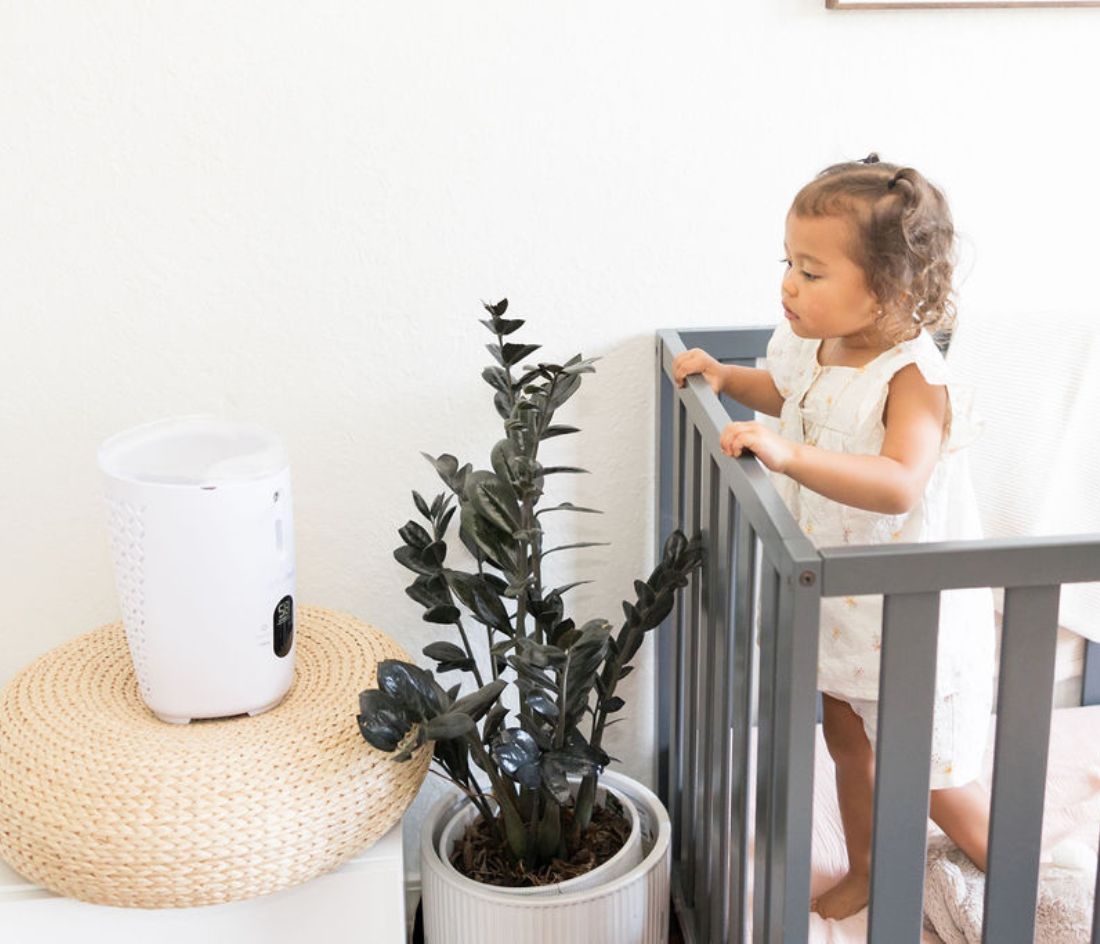Guest post by Holly Sanford, RN
Tongue tie, a congenital condition known as ankyloglossia, is identified when the tongue is tethered to the floor of the mouth. Oftentimes, the mobility of the tongue is limited and can result in feeding difficulties, speech impairment, dental concerns, and a variety of other medical symptoms.

What Is Tongue Tie and What to Do About It?
While the cause of tongue tie is unknown, genetics appear to play a role. Although some little ones need a surgical procedure or nonsurgical interventions to improve symptoms of tongue tie, others may not need treatment.
Physiological Presentation of Tonge Tie
In utero, the fetus’s tongue is fused to the bottom of the mouth. As the mouth of the fetus develops, the tongue detaches from the bottom of the mouth, leaving a web of tissue known as the lingual frenulum. If the tongue does not detach properly, the lingual frenulum can be too short or thick which may limit the mobility of the tongue. When diagnosing a tongue tie, the physician will visually inspect and palpate the baby’s mouth. The Coryllos grading scale is often used by providers to determine the type of tongue tie which guides necessary treatment options.
Coryllos Grading Scale
Type 1–The frenulum is thin, elastic and attached at the tip of the tongue. The tongue appears heart shaped.
Type 2–The frenulum is thin, elastic and attached a few millimeters behind the tip of the tongue.
Type 3–The frenulum is thickened and attached from the middle of the tongue to the floor of the mouth.
Type 4–The frenulum is thick and restricts movement at the tongue’s base.
Symptoms of Tongue Tie
Tongue tie is commonly diagnosed in newborns with feeding difficulties. Below are frequently occurring symptoms:
-Poor weight gain
-Prolonged feeding
-Clicking noise when breast feeding
-Loses latch while feeding
-Dribbles milk out of the mouth
-Frustration when feeding
-Gassy
-Tires easily during feeding
-Breastfeeding pain and sore nipples
-Mastitis
-Decreased milk supply

Toddlers and older children with tongue tie may present with any of the following symptoms:
-Reduced mobility of the tongue
-Speech impairment
-Difficulty eating
-Oral hygiene or dental problems
-Sleep issues
-Difficulty moving the tongue side to side
If your little one is experiencing these symptoms, notify your provider to seek further consultation. Many children may benefit from nonsurgical treatments such as speech therapy or lactation interventions. Oftentimes the doctor can perform a short procedure upon the initial consultation for newborns if the tongue tie is minor.

Surgical Treatment Options for Tongue Tie
Frenotomy
This is a simple surgical procedure that can be performed in a doctor’s office to release the frenulum. Typically, a minimal amount of blood is lost, and the baby can feed immediately upon completion.
Frenuloplasty
This type of procedure is a more extensive intervention of the frenulum and may require anesthesia and stitches. It is utilized more frequently in patients older than 1 year of age.
Laser Frenectomy
This short procedure can be completed with parents at the bedside using lasers. Bleeding is minimal and complications are rare. The baby can latch immediately after the procedure.
Caring for a little one with a tongue tie can be challenging for both parents and children. It is important to know that results are sometimes not immediately observed. However, various treatment options are available that can significantly improve your little one’s quality of life!
Holly Sanford is a mother and a pediatric nurse of 9 years with a lifelong passion for helping children and their families. In her free time, she loves cooking new recipes, traveling to unique places and staying active with her family.
If you enjoyed this article, you will love these, too:
- What Parents Need to Know About Breath-Holding Spells
- How to Prepare For An Early RSV Season
- How to Prepare For Back to School Bugs
- Can I Use a Nasal Aspirator in the Ear?
Want an insider look at what goes on behind the scenes at Dr. Noze Best? Subscribe to our newsletter and you will receive Doctor tips straight from our founder, Dr. Steven Goudy, curated for the Dr. Noze Best community.
Help your little one breathe better with the NozeBot.



